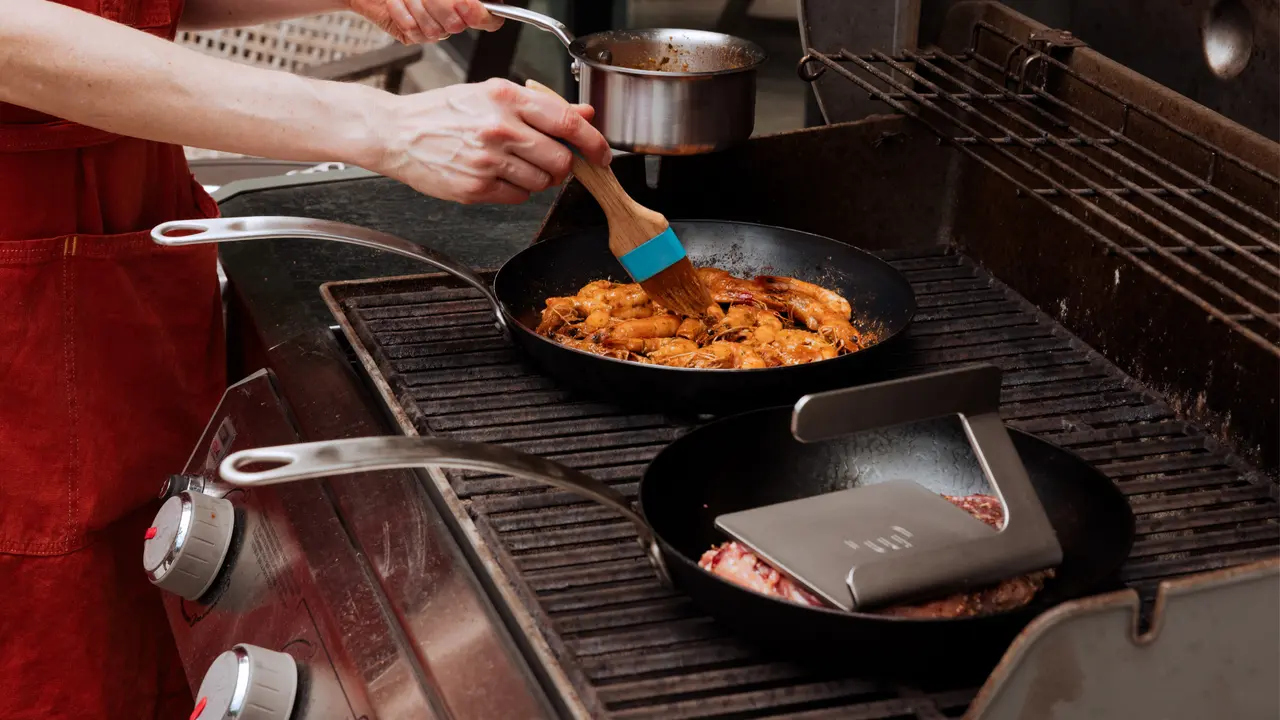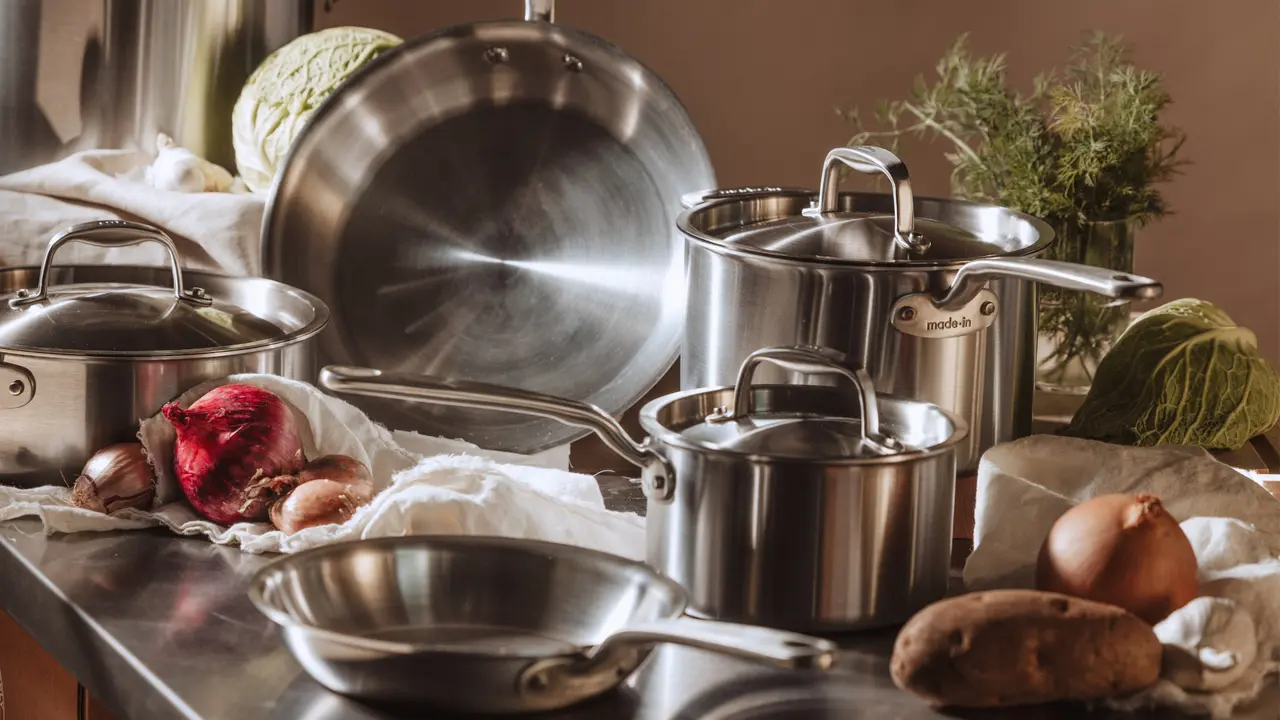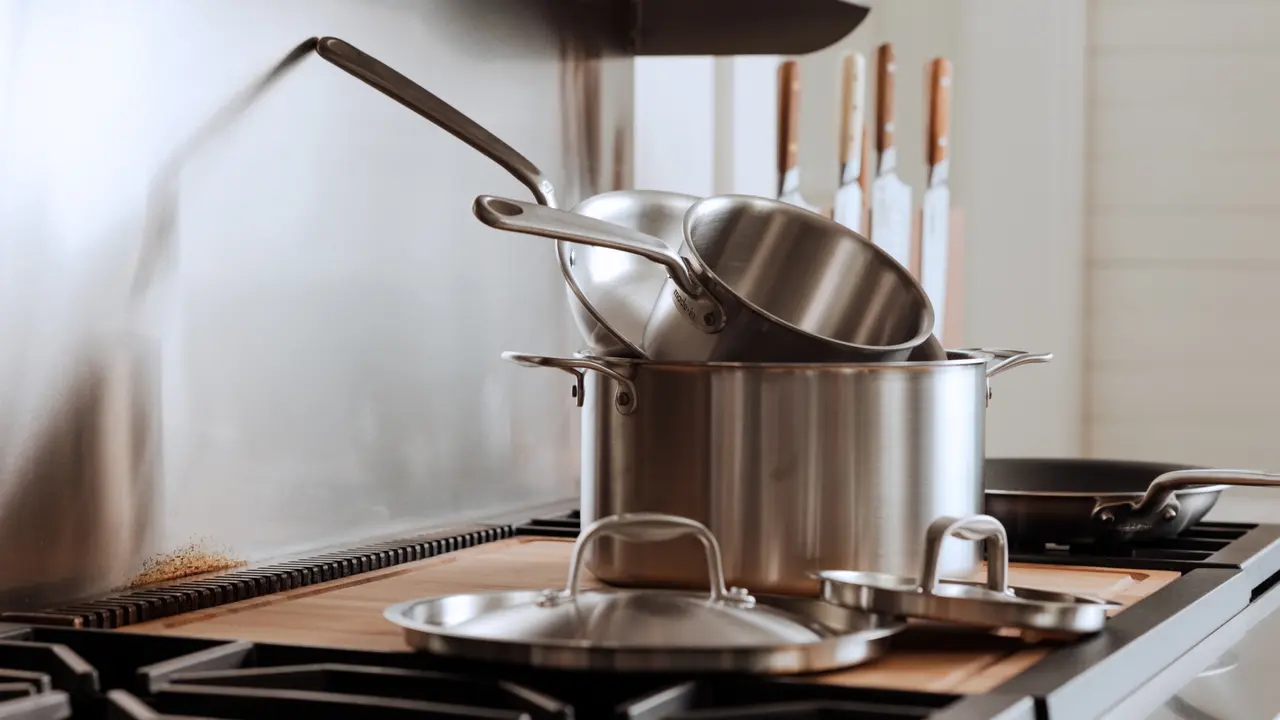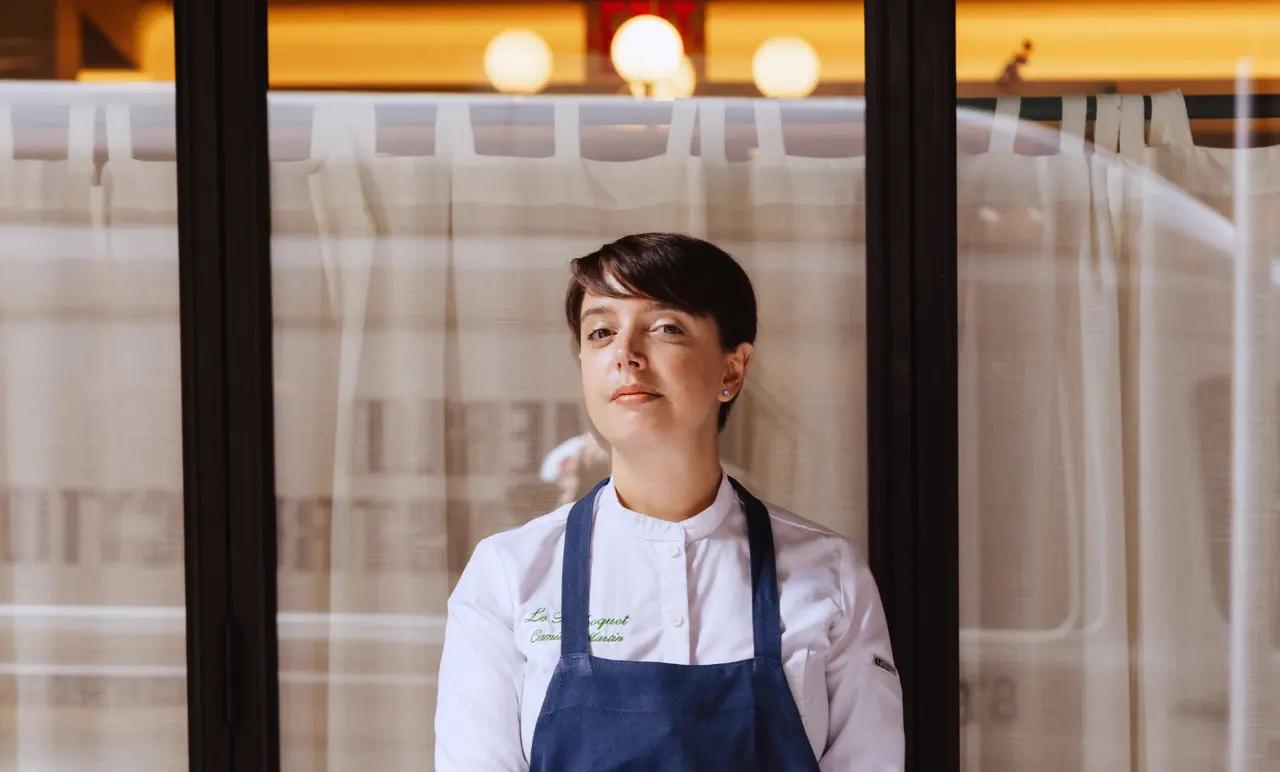In Guadalajara, a studio sits over 5,100 feet above ocean level, but is encircled by mountains and ancient volcanoes looming even further above. There, two sisters practice industrial design on a small scale, partnering with local artisans to create and sell beautiful kitchen tools that draw on the region’s ancestral traditions, natural materials, and current design landscape. For them, products are an artistic medium like paint or charcoal.
Product designers Marcela and Tania Medina, our collaborators on the Duplo Design x Made In Collection, describe the meticulous design process—which was informed by craftspeople and their expertise—as the “humanity” behind our collaboration. As consumers, we’re all prone to prioritizing performance and aesthetics over how, where, or why something was made, but as Tania explains, “the product’s story isn’t just about the art design. It's all of the people involved, too.”
Since launching Duplo Design six years ago, they’ve been working iteratively, continuously returning to familiar objects with new methods, materials, and silhouettes. But in some ways, the products they make have a history that predates them. Molcajetes, like the ones they produced for the Duplo Design x Made In Collection, were used by the Aztec and Maya, and the artisanal processes behind Duplo Design’s wares are still handed down from generation to generation within local families, like the Rodríguez Coculas who make their volcanic stoneware products.
However, the construction materials themselves are the most acutely ancestral—the basalt forming each Molcajete and Tequilero has waited some thousands of years to be carved.
The Medina sisters strive to make each item feel “atemporal.” While each piece is grounded in the history that preceded it and the current design moment in which it was created, their primary goal is to make timeless objects that feel as familiar as they are functional. “They’re not just art objects. We want to tell a story,” says Marcela. This intention comes through in the final products, which Marcela says have a magnetic pull when you first notice them. “People want to know, ‘Is it real? Can I touch it?’”

But there’s a third element that’s integral to the product narrative—what the sisters call “the hidden stories.” These are the most personal. They’re the anecdotes associated with the design and craft process, which customers typically remain blissfully unaware of.
“Even things produced on a massive scale had to be physically made by someone,” says Tania. We’re used to products just showing up on our doorsteps with the click of a button, but, as Tania reminds, “products pass through so many hands to get to you, to your home.”
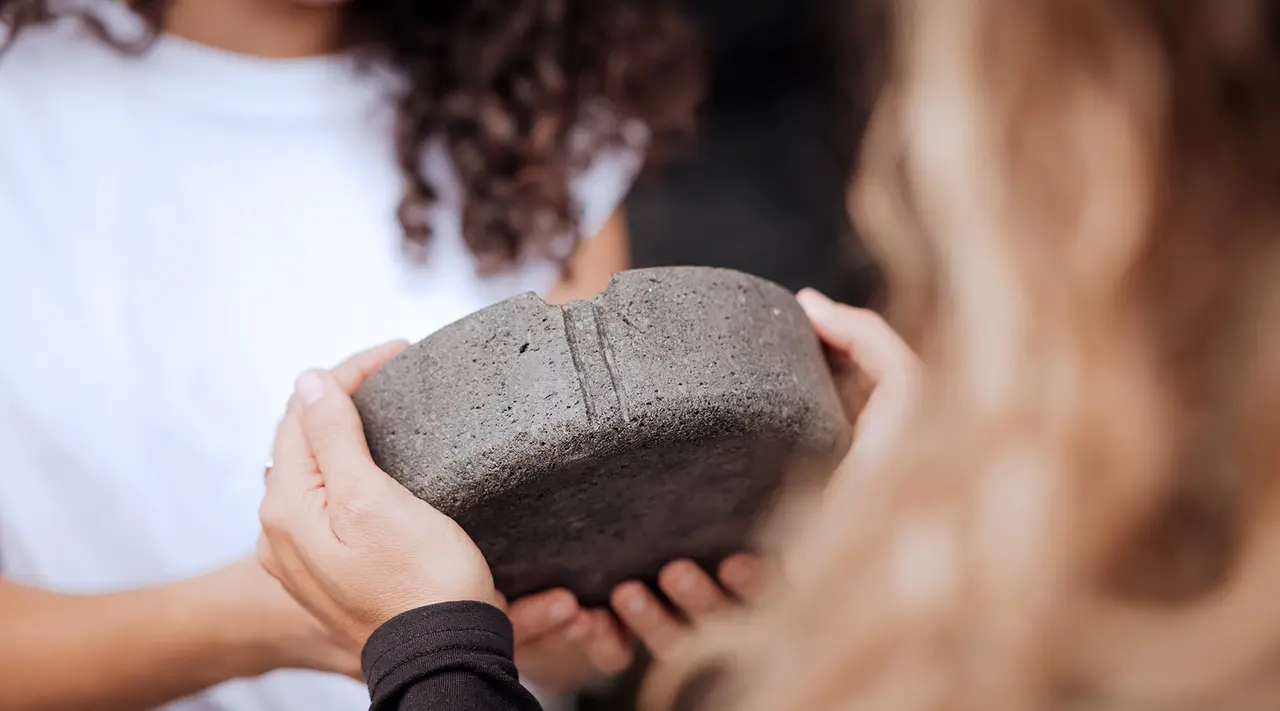
For the two designers, these hidden stories are the most salient, despite being the most likely to go unnoticed by customers. With the 2023 Duplo Design x Made In Collection, we’re encouraging people to think more about the stories—hidden or otherwise—behind their products. And hoping customers will make their own stories with the products, as well.


